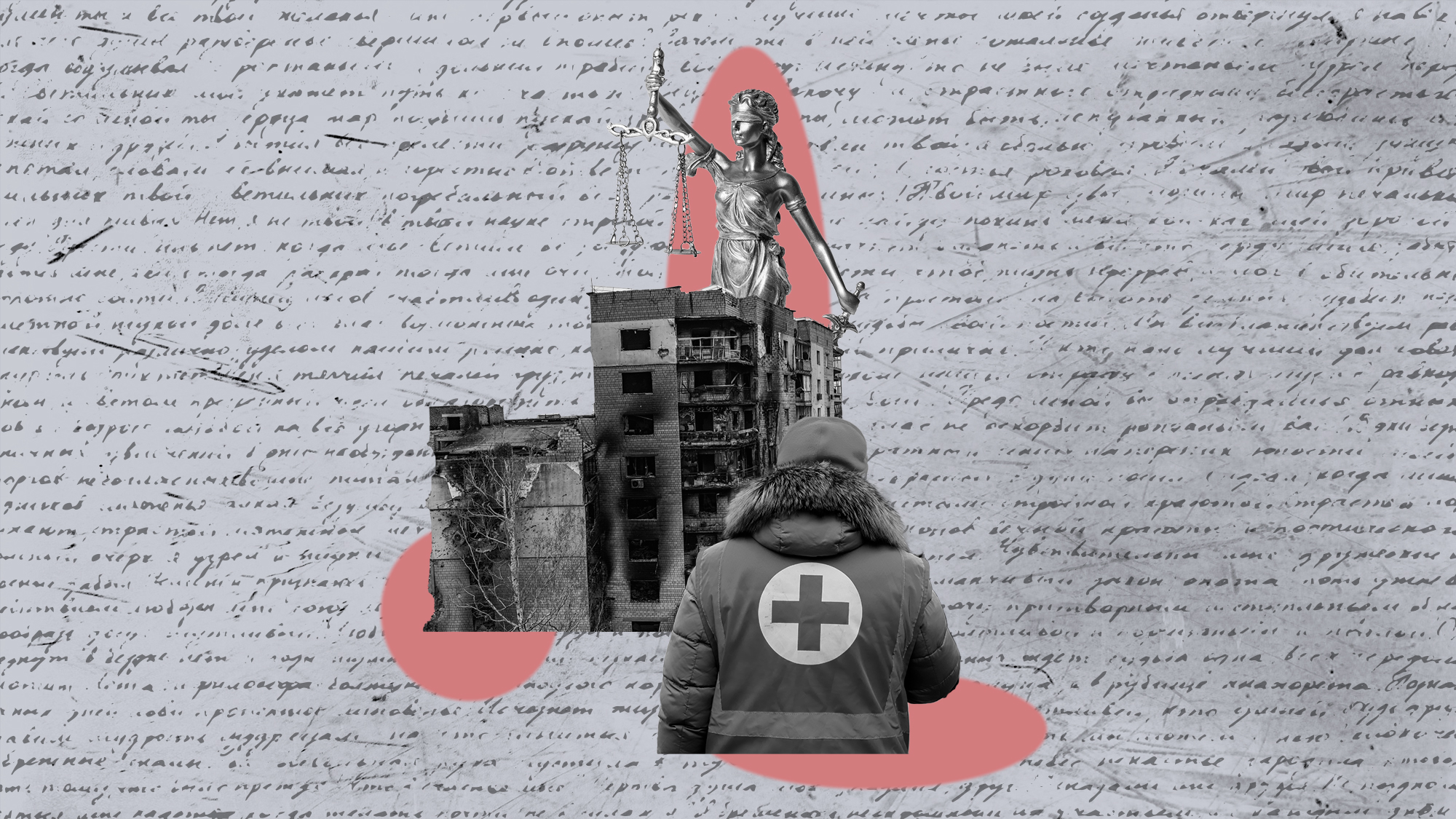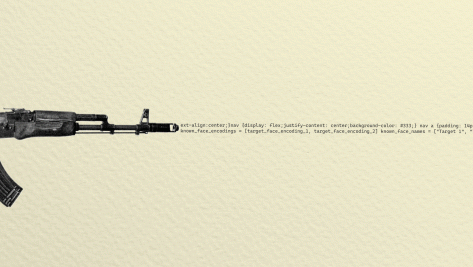Current events in the Middle East, Ukraine, and various other global hotspots force us to reflect on who or what can curtail the horrors we bear witness to. International Humanitarian Law (IHL), often referred to as the “Law of Armed Conflict” or the “Law of War,” stands at the forefront with a fundamental mission: regulating conduct amid armed conflicts.
In its modern incarnation, IHL came into being in 1864, coinciding with the adoption of the first Geneva Convention and has evolved alongside the ever-changing face of warfare. Its genesis can be traced to a harrowing incident involving the Swiss national Henry Dunant, who, after the battle of Solferino in 1859, was deeply moved by the plight of the wounded. Witnessing their dire need for care, Dunant organized medical assistance from the nearby villagers and correspondance with soldiers’ families.
Upon returning to Geneva, Dunant penned a book – which became a bestseller in its time – advocating for the establishment of a permanent medical corps auxiliary to the armies, ensuring their protection with the adoption of a distinctive emblem. The diplomatic conference that gave rise to the Geneva Conventions decided that this symbol would be an inversion of the Swiss flag – a red cross on a white background. Later, and for other reasons, this emblem could as well be a Red Crescent. Subsequently, the First Geneva Convention addressed the wounded on the battlefield, followed by the Second Geneva Convention addressed shipwrecked individuals. After the First World War in 1929, the third convention was established to address the rights and treatments of Prisoners of War. Notably, it was the aftermath of the Second World War, marked by unparalleled suffering among civilian populations, that prompted a rewriting of these conventions and the creation of their current framework.
These conventions have been further reinforced by three additional protocols and a range of supplementary agreements, including those addressing cultural protection and the effects of weapons, all aimed at enhancing protection against the repercussions of conflict.
Wars have limits.
IHL deliberately steers clear of probing the root causes of war itself. The instant that force is unleashed and the first civilian experiences the impact of the conflict, IHL automatically springs into action. The nature of the conflict, whether international or non-international, determines the application of distinct sets of conventions and protocols that are designed to protect individuals, whether they are civilians or combatants who are hors de combat, wounded, or held as prisoners.
Determining the legitimacy of employing force falls within the purview of the United Nations Security Council, not IHL.
IHL, while not proscribing war, lays out principles and norms that must be upheld during armed conflict. Even within the crucible of conflict, it unequivocally states that “Wars have limits.” These boundaries are encapsulated in four main principles: Distinction, Proportionality, Precaution, and Military Necessity.
- The Distinction principle imposes an absolute duty on armed forces and non-state actors to consistently differentiate between civilians and combatants, as well as between civilian objects (such as hospitals, schools, homes) and military targets. Direct or indiscriminate attacks on civilians and civilian objects are categorically prohibited, while attacks on military objectives are deemed.
- Proportionality, in turn, prohibits attacks on military objectives if the harm inflicted on civilians or civilian objects outweighs the specific military advantage sought.
- The Precaution principle underscores the constant vigilance required in military operations to avert harm to the civilian population and civilian objects. An evaluation of the target’s nature should always be conducted, and any doubt regarding its status calls for an immediate suspension of the attack. Furthermore, there is an obligation to protect one’s civilians and safeguard them from the collateral consequences of enemy attacks.
- The principle of Military Necessity acknowledges that, in the midst of warfare, military operations inevitably cause harm. However, these operations can only proceed if they are absolutely indispensable to achieving a military objective, contribute efficiently to ending the conflict, and do not breach IHL. This necessitates choosing the lesser of two evils to avoid inflicting greater violence on the opposing party than is mandated for the conduct of hostilities.
It is imperative to comprehend that these principles are interconnected and must be scrupulously observed for an attack to be considered legitimate.
Unfortunately, on numerous occasions, we bear witness to heinous situations within armed conflicts. IHL demands the absolute protection of civilians unless they are directly participating in hostilities. For instance, a civilian who engages in shooting a weapon or providing military information loses their protected status, rendering them a legitimate target for the enemy and potentially placing the broader civilian population in jeopardy.
In cases where a party employs a protected structure for hostile actions against the enemy, such as establishing a command center or an artillery battery, it transforms it into a military target and becomes susceptible to a legitimate attack, given its effective contribution to provide a specific military advantage. Every party is mandated to protect their own civilians from the impact of enemy attacks or situations leading to a loss of protection.
Consider the example of a sniper firing from a high-rise building: the Proportionality principle does not justify employing a large-scale bomb causing indiscriminate damage and civilian casualties.
Instead, a more precise approach should be adopted to minimize civilian suffering.
Criminal responsibility for war crimes lies with the individuals who bear authorship, not the states. States are responsible for ensuring that their forces adhere to and enforce IHL, and they are duty-bound to compensate or rectify the damage caused by such crimes. War crimes are subject to investigation on an operation-by-operation basis and are tried individually.
Moreover, if military leaders, be they generals, heads of state, or prime ministers, were aware or should have been aware of violations of IHL, they bear responsibility for the actions of their subordinates. The subordinates, in turn, cannot seek refuge in blind obedience to justify their actions if the orders they received were patently unlawful.
However, when it comes to human rights, it is the state, not the individual, that carries the responsibility for compliance. In the context of armed conflict, a state can only guarantee human rights within areas under its jurisdiction, not in regions where another state or non-state group exercises authority.
Frequently, violations of human rights are erroneously categorized when they are, in fact, violations of IHL. The peril lies in addressing them solely as human rights violations, potentially allowing those individuals who commit and order such crimes to escape accountability.
It is essential to understand that IHL does not entertain the concept of reciprocity; conditions akin to “as long as you do not do this, I will not do or allow the other” cannot be established. For example, the parties have an obligation to let humanitarian aid through and this cannot be made conditional on another action by the opposing party.
The onus of ensuring compliance lies with the states. They are mandated to respect and ensure respect with the conventions. The International Criminal Court (ICC) plays a pivotal role and exercises its jurisdiction when national courts are either unable or unwilling to prosecute those responsible.
The ICC’s existence, coupled with the cases it has adjudicated to date, serves as a preventive and deterrent force against the commission of fresh crimes, thereby narrowing the spaces of impunity. In instances where IHL is disregarded, states, civil society, the ICC, and other stakeholders must exert pressure on the parties to ensure compliance.
There are limits as to what is acceptable in armed conflicts, as the International Committee of the Red Cross details: “Even war has limits.” This responsibility extends from states to individuals, each sharing in the duty to actively and passively safeguard civilians and civilian objects, ultimately ensuring that the principles of humanity endure even during the darkest chapters of our history.
© IE Insights.











